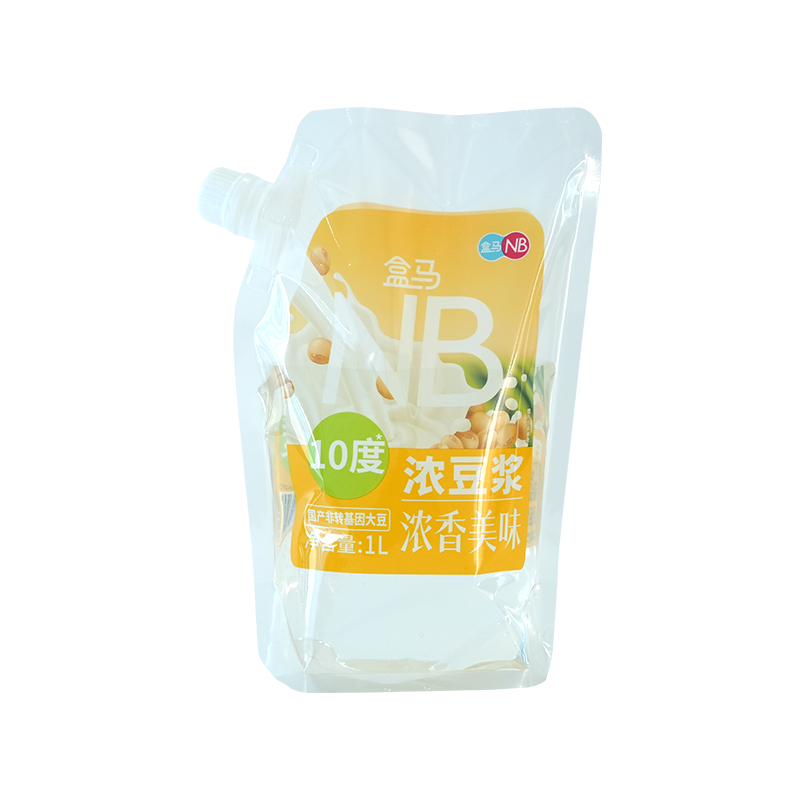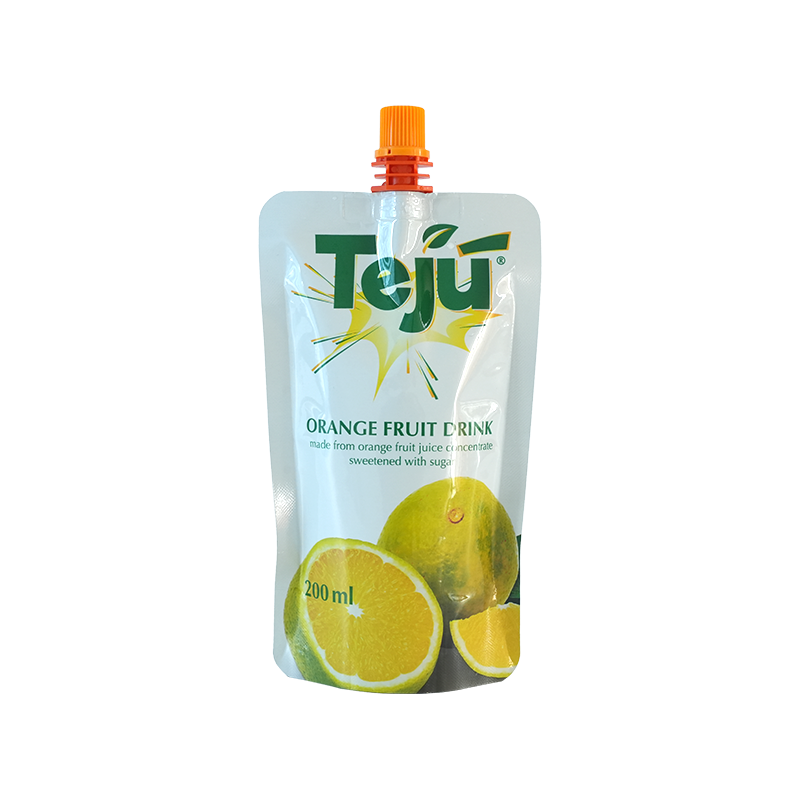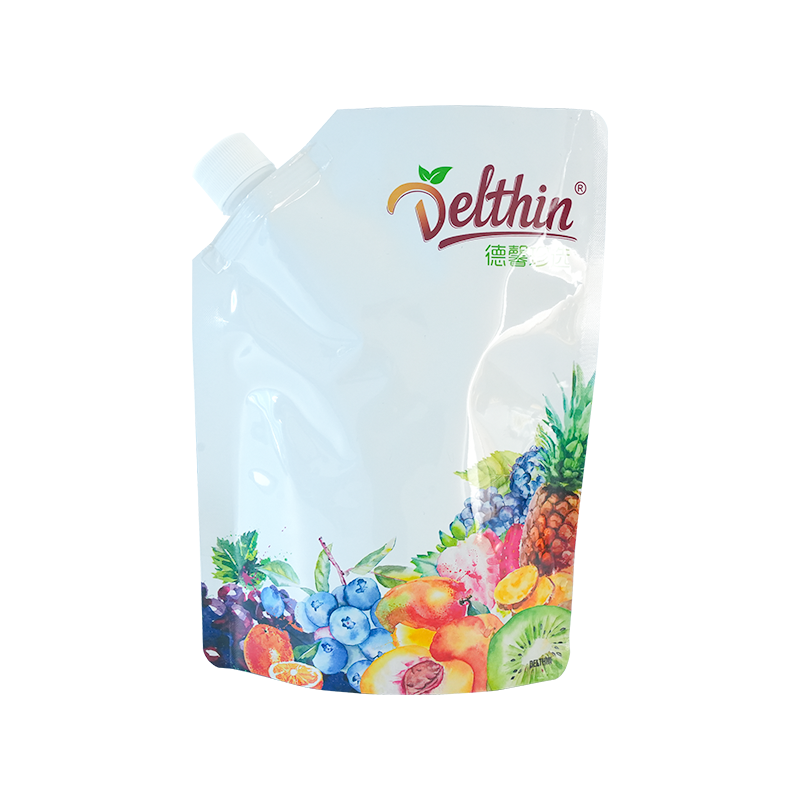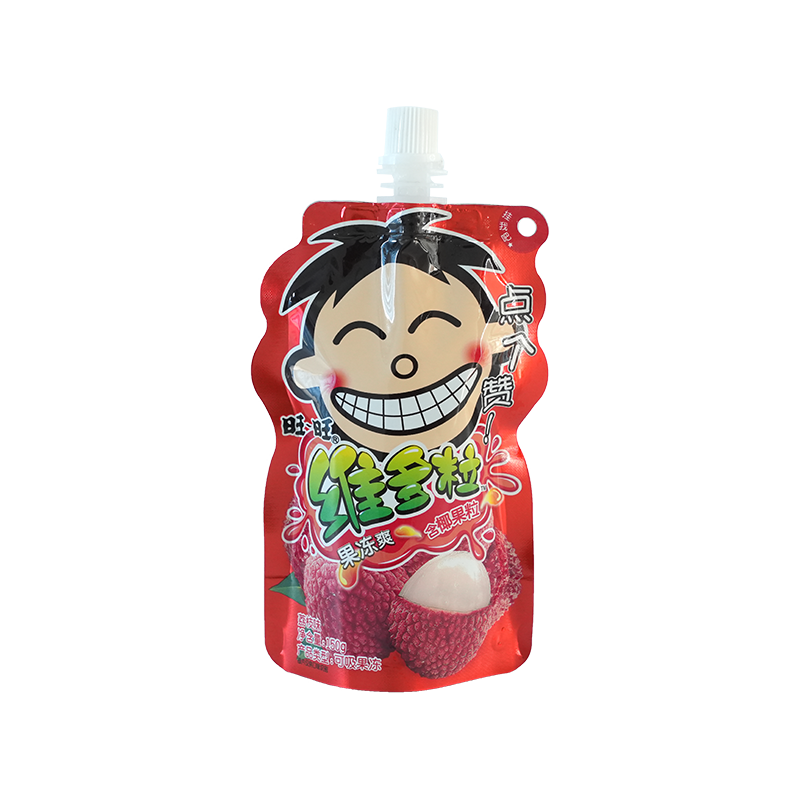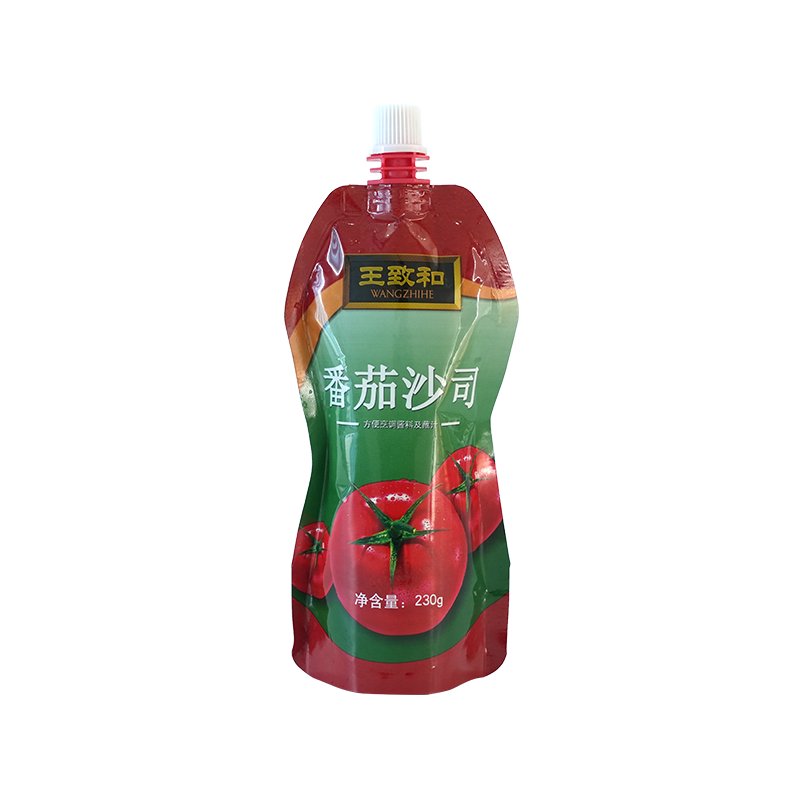In the competitive landscape of food packaging, the unassuming seal on a cup of jelly, pudding, or dessert is the critical barrier between a pristine, market-ready product and a costly failure. The integrity of this seal is paramount, directly influencing product shelf life, consumer safety, and brand reputation. For wholesalers, buyers, and production managers, understanding how to systematically evaluate the seal integrity of a jelly pp cup sealing film is not merely a technical consideration; it is a fundamental aspect of quality assurance and risk management. This process extends far beyond a simple visual check, encompassing a multi-faceted approach that examines the film’s physical, mechanical, and compatibility properties. A robust evaluation protocol ensures that the selected film will perform consistently on high-speed filling lines, withstand logistical challenges, and ultimately arrive at the consumer’s table perfectly preserved.
Understanding the Components: Film, Cup, and Seal
To effectively evaluate seal integrity, one must first understand the components involved and the nature of the bond created during the sealing process. A jelly pp cup sealing film is typically a multi-layer laminate. The primary layer is polypropylene (PP), chosen for its excellent clarity, flexibility, and food-contact safety. This base is often coated with a heat-seal layer, a proprietary polymer blend designed to melt at specific temperatures and adhere to the rim of the cup. The cup itself, usually made from polypropylene (PP), polystyrene (PS), or polyethylene terephthalate (PET), must have a flange that is perfectly flat, uniform, and compatible with the sealant layer of the film.
The seal is created when heat and pressure are applied to the film against the cup’s flange. The heat-seal layer melts, flows, and fuses with the plastic of the cup rim. Upon cooling, this fusion creates a hermetic bond. The quality of this bond is what we refer to as seal integrity. A perfect seal is continuous, uniform, and strong enough to contain the product and prevent the ingress of oxygen and contaminants. Evaluating this requires a holistic view, examining the film’s inherent properties, its interaction with the cup, and its performance under stress.
Key Performance Indicators for Seal Integrity Evaluation
A thorough evaluation of a jelly pp cup sealing film focuses on several key performance indicators (KPIs). These KPIs can be categorized into physical properties, seal strength measurements, and barrier performance.
Visual and Physical Inspection
The first line of evaluation is a meticulous visual and physical inspection. This non-destructive check can reveal immediate flaws.
Seal Uniformity and Appearance: A high-integrity seal will have a consistent, smooth appearance around the entire circumference of the cup flange. Inspectors should look for any signs of wrinkling, scalloping, or burn-through, which indicate inconsistent heat or pressure application during sealing. Conversely, a weak, incomplete seal might appear hazy or show obvious channels where fusion did not occur. The seal should be examined for any inclusions or contaminants trapped within the seal area, which can create micro-leaks.
Leak Testing: A simple but effective destructive test involves applying pressure. A common method is to invert a sealed cup onto an absorbent paper and apply gentle pressure to the cup’s base. The appearance of any liquid on the paper indicates a breach in seal integrity. For a more rigorous test, sealed cups can be submerged in a water bath and pressure can be applied externally; escaping air bubbles will pinpoint the location of even the smallest leak. This test is crucial for verifying the leak-proof performance of the packaging system.
Measuring Seal Strength
While a visual inspection can identify catastrophic failures, quantifying the strength of the seal is essential for predicting its performance during transportation and handling. This is measured through peel strength testing.
Peel Strength (Seal Strength): This is a quantitative measure of the force required to peel the jelly pp cup sealing film from the cup flange. It is typically measured using a tensile tester or a texture analyzer. The test involves cutting a standardized strip from a sealed cup, gripping the film and the cup, and pulling them apart at a controlled speed and angle. The force required is recorded in Newtons per inch (N/in) or grams per inch (g/in). An optimal seal strength is a balance: it must be high enough to withstand rough handling and internal pressure from the product without failing, yet it must also allow for a clean and easy peel for the consumer. A seal that is too strong can be difficult for consumers to open and may tear unpredictably, while a seal that is too weak risks premature failure. Evaluating this heat seal strength is a cornerstone of quality control.
Consistency of Strength: Perhaps just as important as the absolute value of the peel strength is its consistency across a production batch. Testing multiple samples from across a roll of film and from different production runs will provide data on the film’s uniformity. Significant variations in peel strength can indicate inconsistencies in the coating of the heat-seal layer or in the film’s thickness, which will lead to unpredictable performance on the packaging line.
Evaluating Barrier Properties
The primary function of the seal, beyond containing the product, is to act as a barrier. For jelly products, which are often high in moisture and sugar, the two most critical barrier properties are oxygen and moisture transmission.
Oxygen Transmission Rate (OTR): While the entire cup and film system provides a barrier, the seal itself must be impervious to oxygen. Oxygen ingress is the primary driver of spoilage, mold growth, and oxidation, which can degrade color and flavor. The OTR of the sealing film itself is a vital specification. A high-quality jelly pp cup sealing film will have a very low OTR, ensuring that the sealed package maintains a protective atmosphere. This is a key factor in guaranteeing the promised shelf life of the product.
Water Vapor Transmission Rate (WVTR): Similarly, the seal must prevent moisture loss. Jelly products can lose moisture through permeable packaging, leading to syneresis (weeping) and a change in texture and weight. A low WVTR ensures the product remains fresh and maintains its intended consistency from production to consumption. Evaluating the film’s WVTR specification is essential, particularly for products with long shelf lives.
The Critical Role of Compatibility and Performance Testing
A jelly pp cup sealing film cannot be evaluated in isolation. Its performance is intrinsically linked to the cup it seals and the machinery that applies it. Therefore, compatibility testing is a non-negotiable part of the evaluation process.
Cup Flange Compatibility: The material of the cup flange must be chemically compatible with the heat-seal layer of the film. A film designed for PP cups may not seal effectively to PS or PET cups. The morphology of the flange is equally important. It must be perfectly flat and free of drafts or curls. Even a slight warp in the flange will prevent the film from making uniform contact during the sealing process, resulting in a channel for leaks. Any evaluation must involve sealing the candidate film to the specific cups used in production.
Machinery and Sealing Parameter Optimization: The sealing process is governed by three key parameters: heat (temperature), pressure, and time (dwell time). An optimal seal is achieved within a specific “process window” for these parameters. A high-quality film will have a wide process window, meaning it will form a strong, reliable seal across a range of temperatures and pressures. This forgiveness is critical for maintaining quality on high-speed production lines where minor fluctuations can occur. The evaluation should involve creating seals at different temperature, pressure, and time settings and then testing the integrity of those seals as described in the previous sections. This identifies the ideal settings and, more importantly, demonstrates how robust the film is to variations in those settings.
Real-World Simulation Testing: Finally, the sealed packages must be subjected to tests that simulate the rigors of the supply chain.
- Vibration Testing: Simulates transportation by truck, which can cause abrasion and fatigue in the seal area.
- Compression Testing: Assesses whether the seal will fail when packages are stacked in pallets or on store shelves.
- Temperature Cycling: Exposes sealed cups to cycles of hot and cold temperatures. This tests the seal’s ability to withstand the expansion and contraction of the headspace gases and the product itself without delaminating or cracking.
A jelly pp cup sealing film that passes these simulated challenges provides a high degree of confidence that it will maintain package integrity from the factory floor to the consumer’s home.

